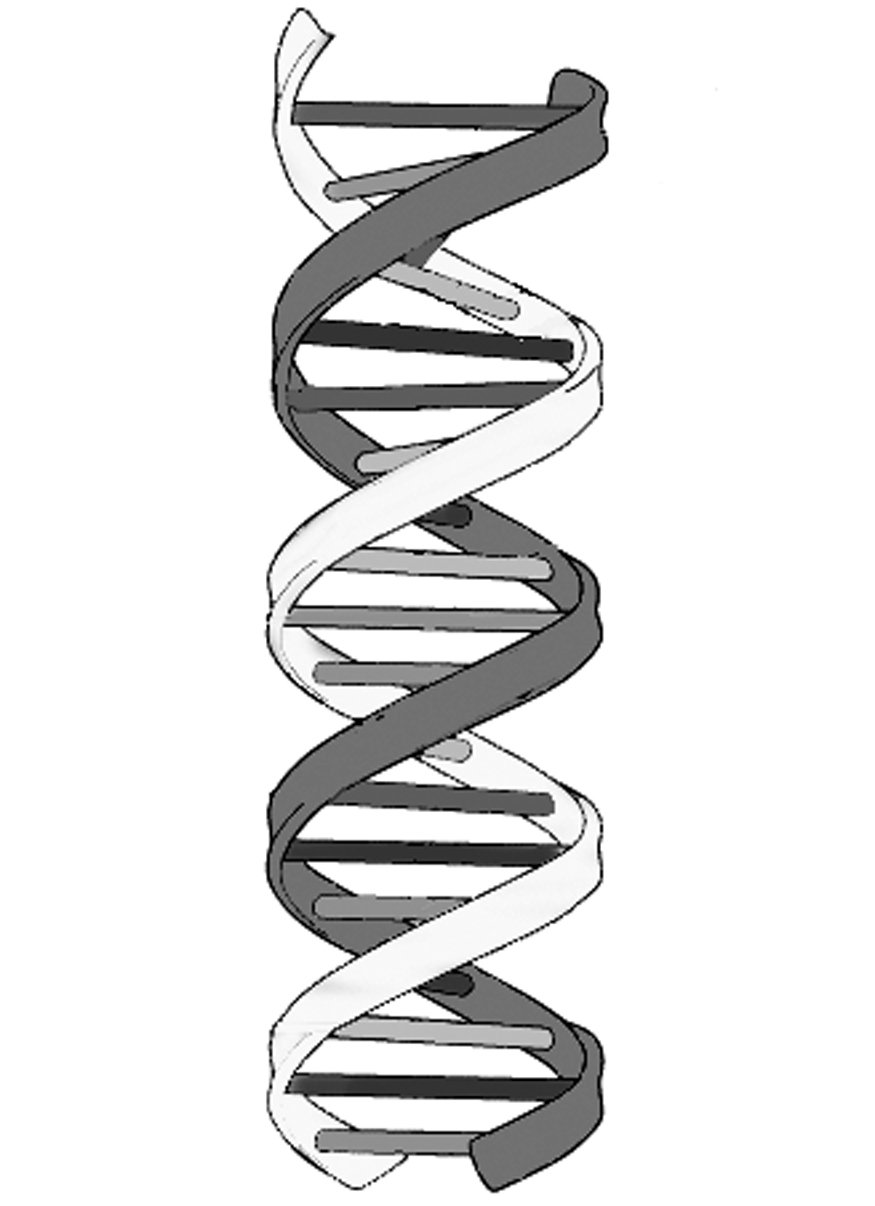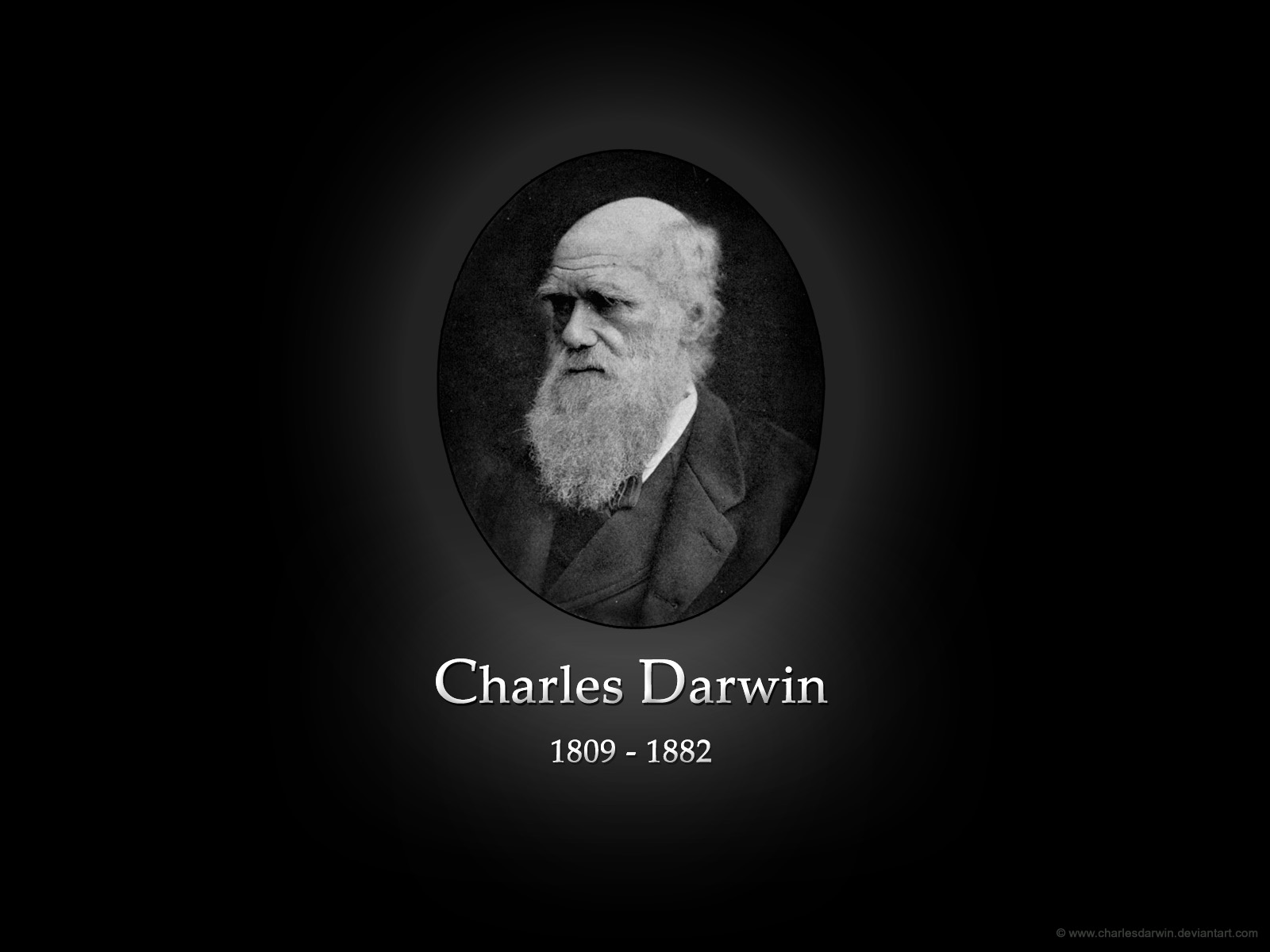Scientists attempt to discover the type of cells responsible for making each of our body characteristics appear different. By purposefully tampering with an embryo's development scientists hope that they can gain insight on the nature of genes by looking at the resulting mutation. Obviously, human embryos were out of the question, so scientists decided to use chicken.
Randy Dahn decided to use sharks for his experiment because shark were the first animals with skeletons and also having a fin. In their embryonic stage, they also show striking similarity to a humans'. Due to the difficulty of obtaining shark embryos (possibly due to animal activists), skates embryos are used instead. The hedgehog gene in these embryos were found in a patch of tissue in the back end of the animal's fin, and mirror image duplication also occurred when Dahn treated the embryos with vitamin A.
Scientists have discovered and confirmed the existence of these hedgehog genes which are responsible for making our body look the way it is, and create limbs.
Randy Dahn decided to use sharks for his experiment because shark were the first animals with skeletons and also having a fin. In their embryonic stage, they also show striking similarity to a humans'. Due to the difficulty of obtaining shark embryos (possibly due to animal activists), skates embryos are used instead. The hedgehog gene in these embryos were found in a patch of tissue in the back end of the animal's fin, and mirror image duplication also occurred when Dahn treated the embryos with vitamin A.
Scientists have discovered and confirmed the existence of these hedgehog genes which are responsible for making our body look the way it is, and create limbs.




